The Rich Heritage and Modern Appeal of Irezumi
Japanese style tattoo art, or Irezumi, blends centuries-old symbolism with contemporary creativity, offering a window into Japan’s cultural soul. This article delves into its history, significance, and practical resources like Japanese Style Tattoo Art: Revisiting Traditional Themes (linked below) to guide enthusiasts and artists alike.
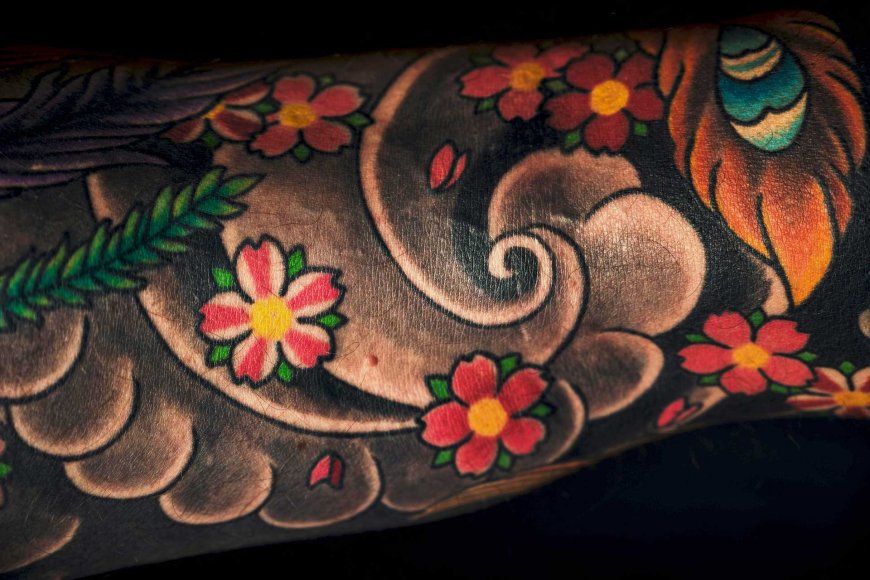
Disclosure: This article contains affiliate links. If you click through and make a purchase, I may earn a commission at no additional cost to you. As an Amazon Associate, I earn from qualifying purchases. Your support helps keep this content free—thank you!
A Living Legacy of Ink
Japanese tattoo art, known as Irezumi or Horimono, is a profound expression of cultural identity, spirituality, and storytelling. Rooted in rituals, folklore, and the Edo period’s ukiyo-e aesthetics, these tattoos transcend mere body art—they are wearable narratives. For modern enthusiasts and artists, resources like Japanese Style Tattoo Art: Revisiting Traditional Themes provide invaluable insights into mastering this craft while honoring its heritage.
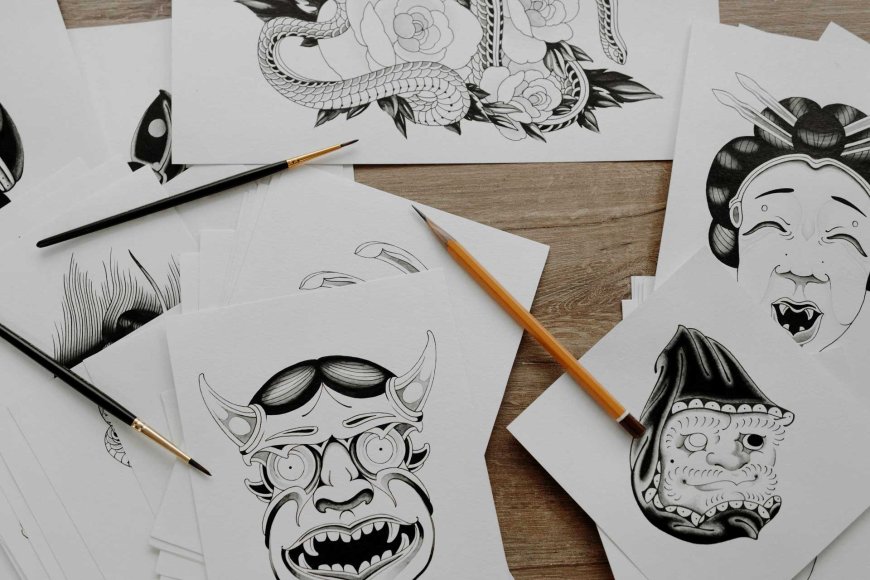
Why Choose Japanese Style Tattoo Art: Revisiting Traditional Themes?
Navigating the intricate world of Irezumi can be daunting due to its layered symbolism and technical demands. This book bridges the gap between tradition and modernity, offering:
- Historical Context: Decode myths like the Kintaro legend or Hannya masks.
- Technical Guidance: Learn traditional hand-poking (tebori) methods and shading techniques.
- Visual Inspiration: High-quality images showcase classic and contemporary designs. Whether you’re a novice seeking knowledge or a professional refining your craft, this guide solves the problem of fragmented learning.
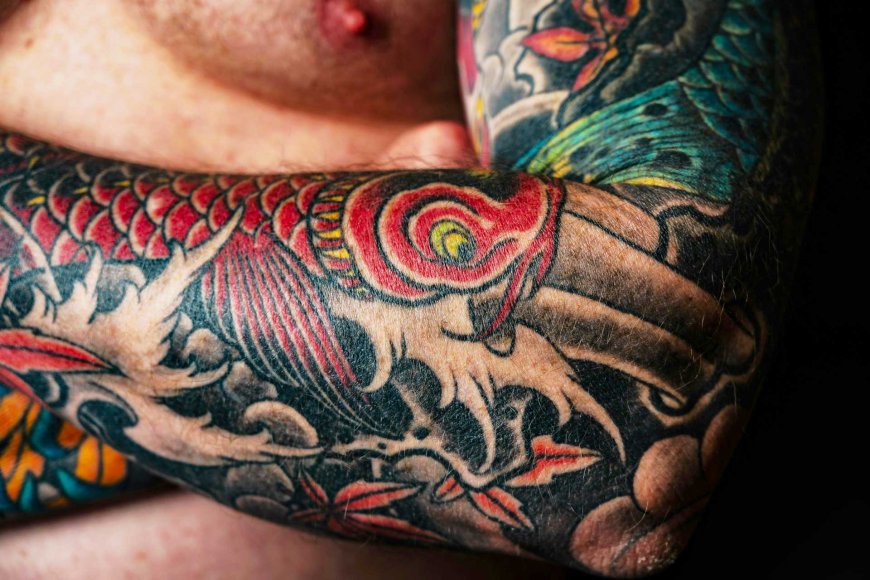
From Edo Period to Global Stages
Irezumi’s origins trace back to the Edo period (1603–1868), where it flourished alongside woodblock prints and kabuki theater. Initially associated with marginalized groups, it evolved into a revered art form. Key themes include:
- Bodysuit Narratives: Full-body designs (munewari) depicting epic tales like Suikoden.
- Spiritual Protection: Tattoos as talismans against misfortune.
- Ukiyo-e Influence: Flowing waves, wind bars, and floral patterns mirroring classic prints. Today, Irezumi balances respect for tradition with bold reinterpretations in global tattoo culture.
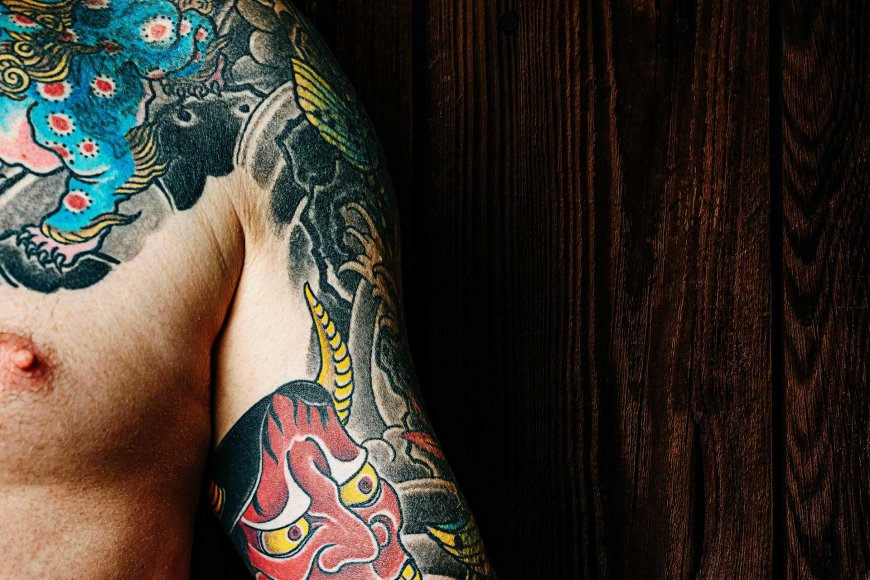
How to Integrate Japanese Tattoo Art into Daily Life
You don’t need a full bodysuit to appreciate this art:
- Fashion: Clothing with ukiyo-e prints or minimalist motifs.
- Home Décor: Artbooks like The Art of Japanese Tattooing as coffee-table centerpieces.
- Tattoo Planning: Use the book’s galleries to collaborate with artists on custom designs.
- Cultural Education: Host workshops or study groups to discuss Irezumi’s philosophy.

What Makes This Book Unique?
While many tattoo guides focus on Western styles, this book emphasizes authenticity:
- Depth Over Trends: Unlike generic design catalogs, it explores cultural roots.
- Artist Credibility: Features legends rarely covered elsewhere.
- Ethical Insights: Addresses cultural appropriation debates respectfully. For a holistic understanding, it outshines surface-level alternatives.
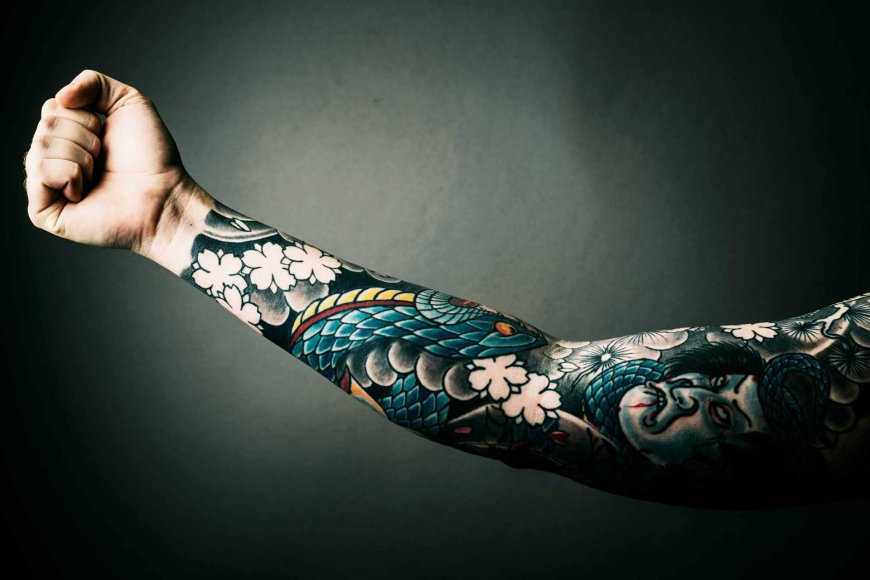
Customer Reviews: Voices from the Community
- “This book transformed my approach—it’s not just art; it’s history in ink.” – Liam, tattoo artist.
- “Finally, a resource that respects Irezumi’s soul instead of exoticizing it.” – Aiko, cultural scholar.
- The visuals alone are worth every penny.” – Marco, collector.
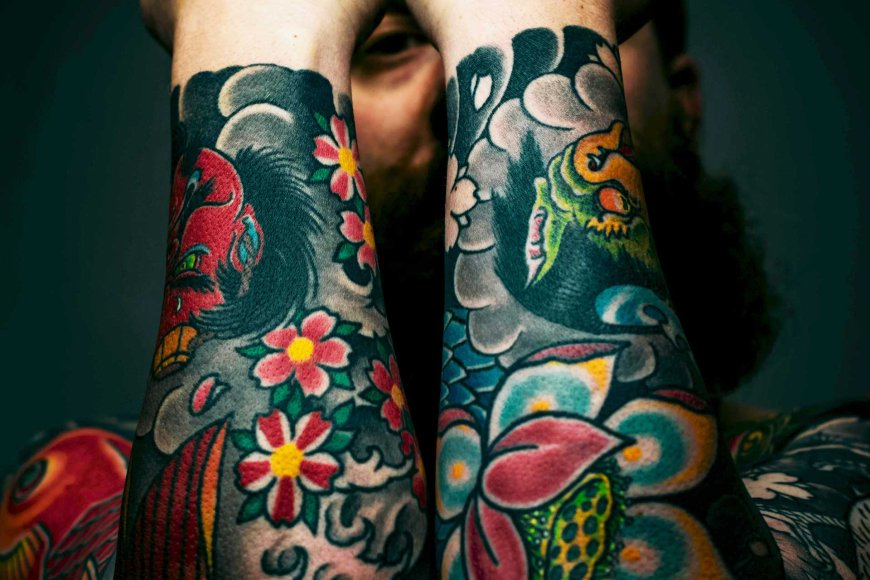
Where to Buy: Own a Piece of Tradition
Ready to dive deeper? Purchase Japanese Style Tattoo Art: Revisiting Traditional Themes on Amazon. The hardcover edition is a staple for artists, historians, and anyone captivated by Japan’s inked legacy.
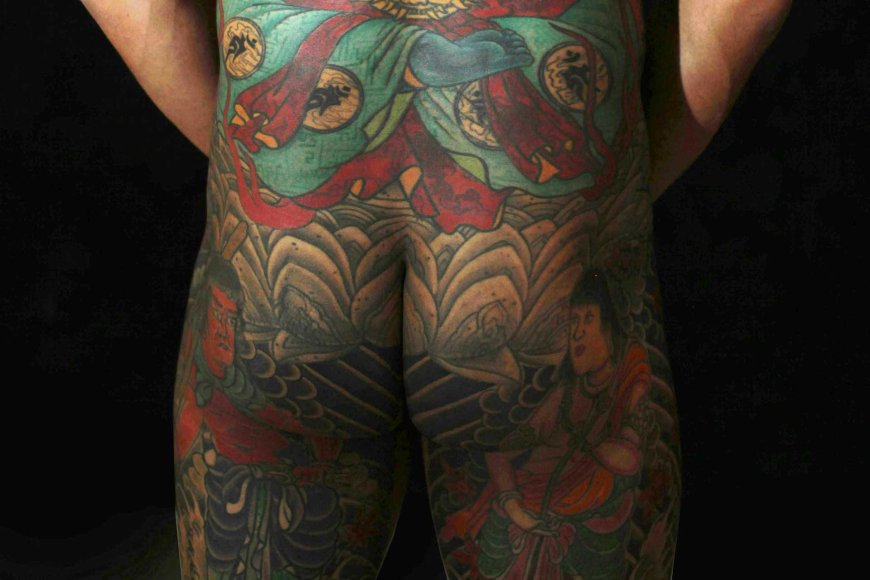
Carry Forward the Legacy
Japanese tattoo art is more than skin-deep—it’s a dialogue between past and present. Whether you’re getting inked, studying, or simply admiring, Japanese Style Tattoo Art: Revisiting Traditional Themes is your gateway to this world. Click the link, explore its pages, and let your journey into Irezumi begin.
Disclosure: This article contains affiliate links. If you click through and make a purchase, I may earn a commission at no additional cost to you. As an Amazon Associate, I earn from qualifying purchases. Your support helps keep this content free—thank you!
Nipino.com is committed to providing you with accurate and genuine content. Let us know your opinion by clicking HERE.






























































